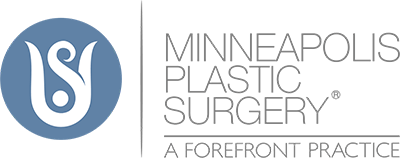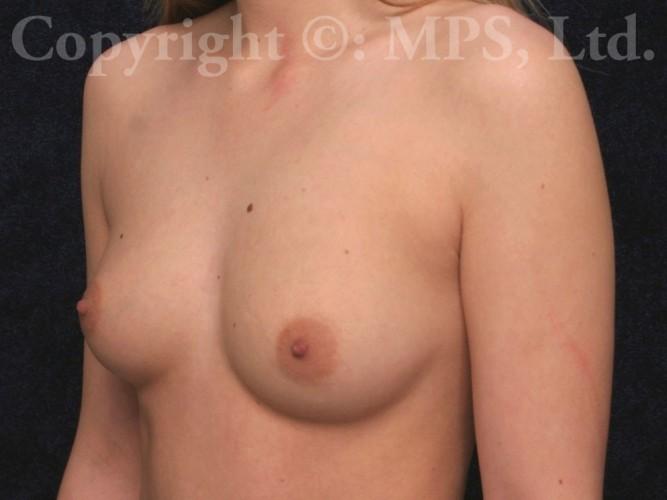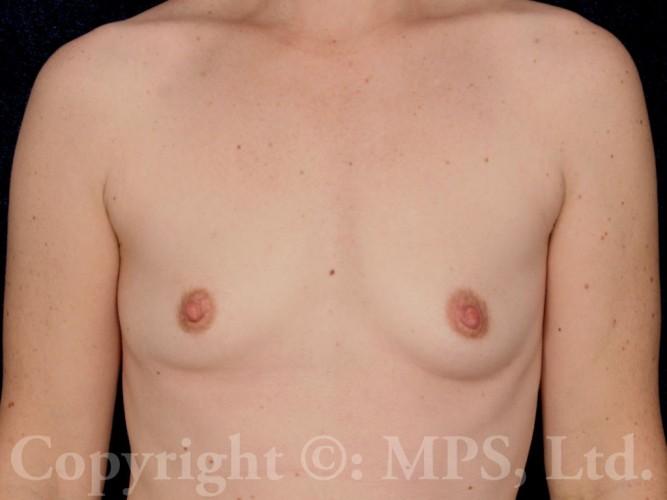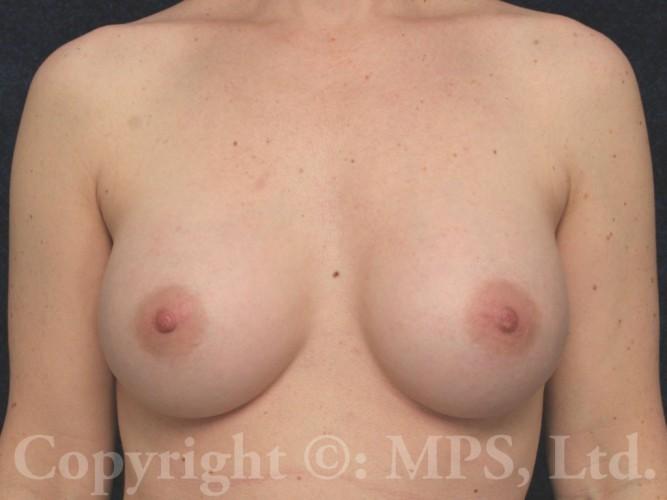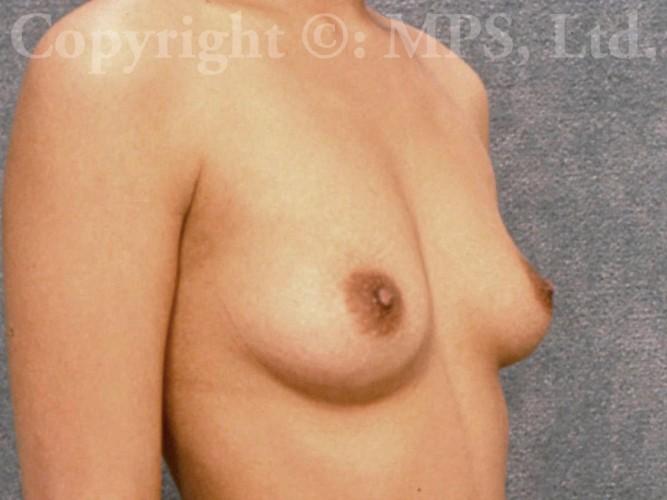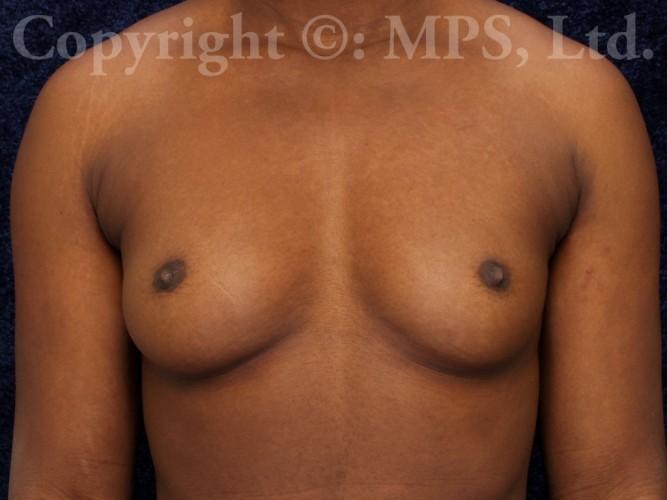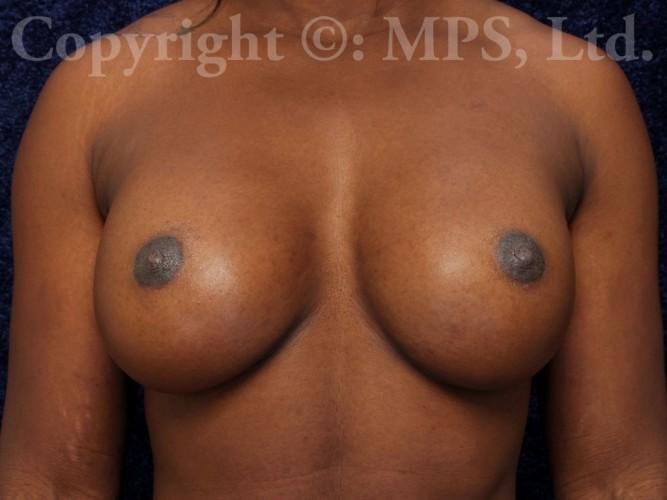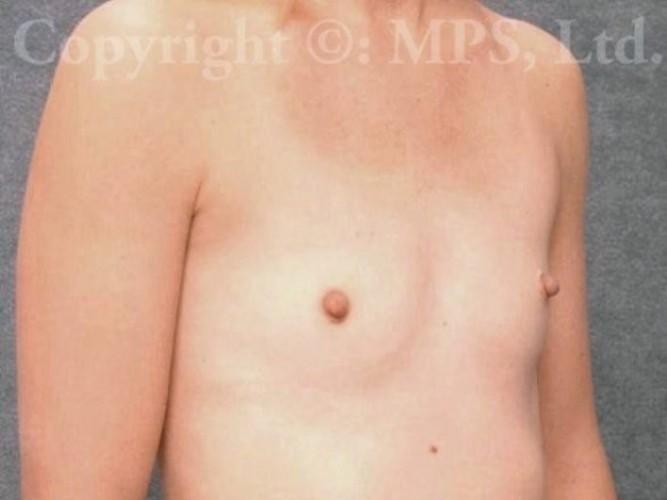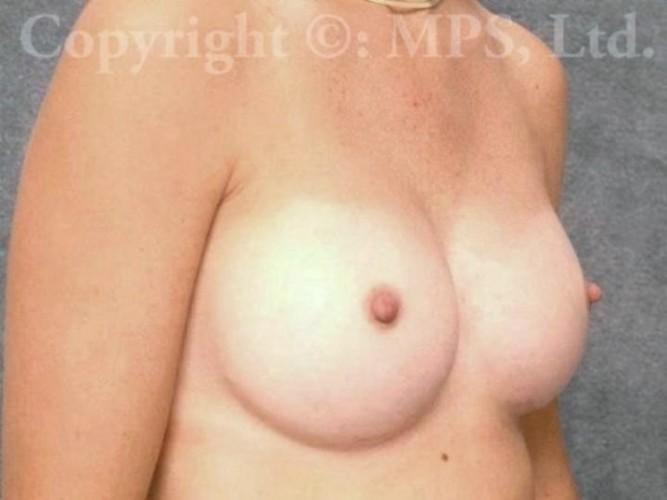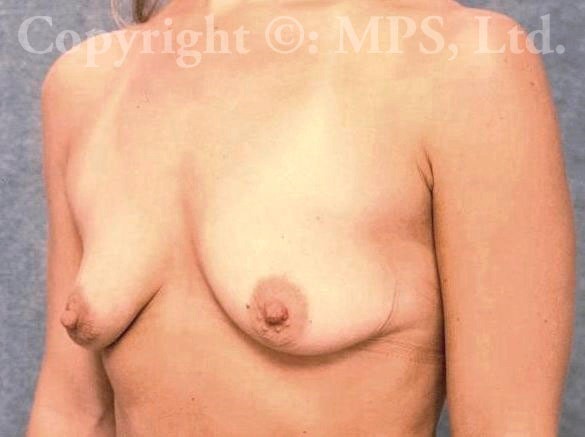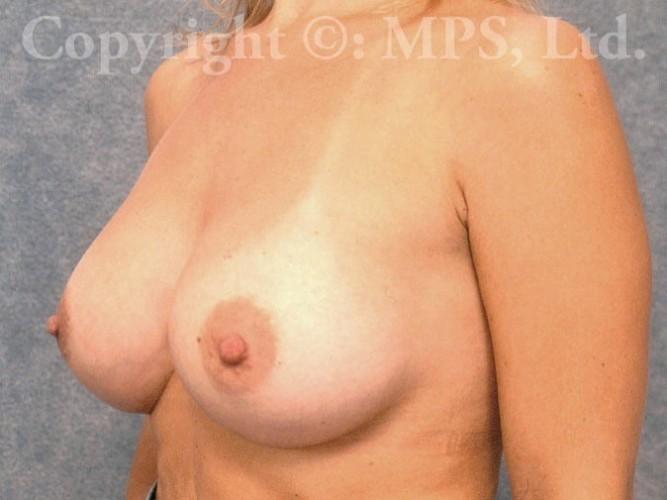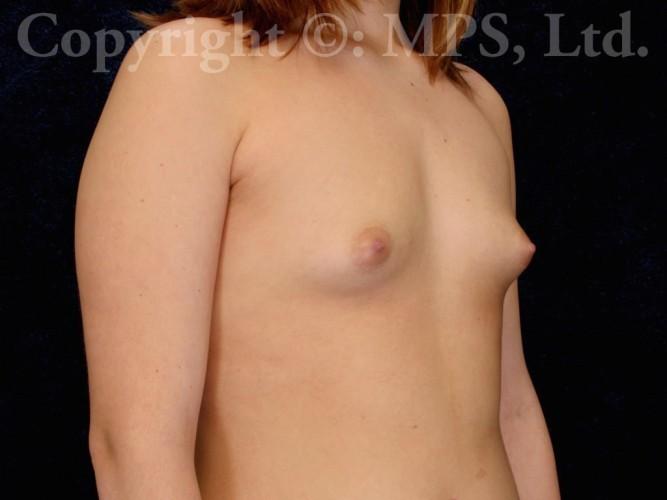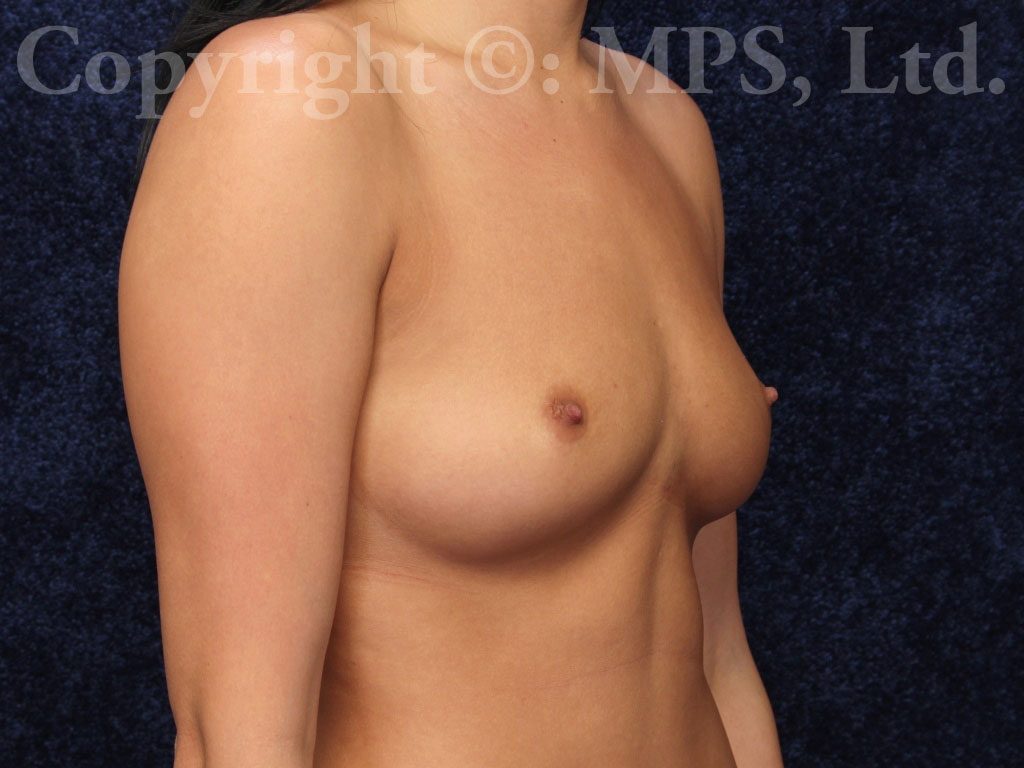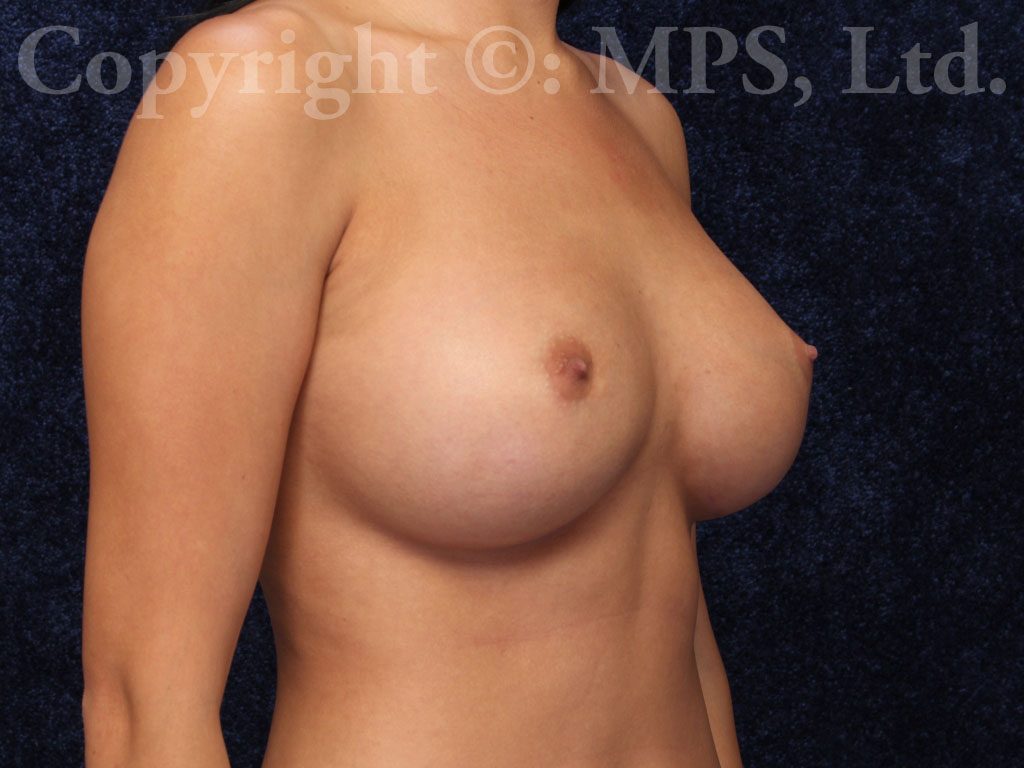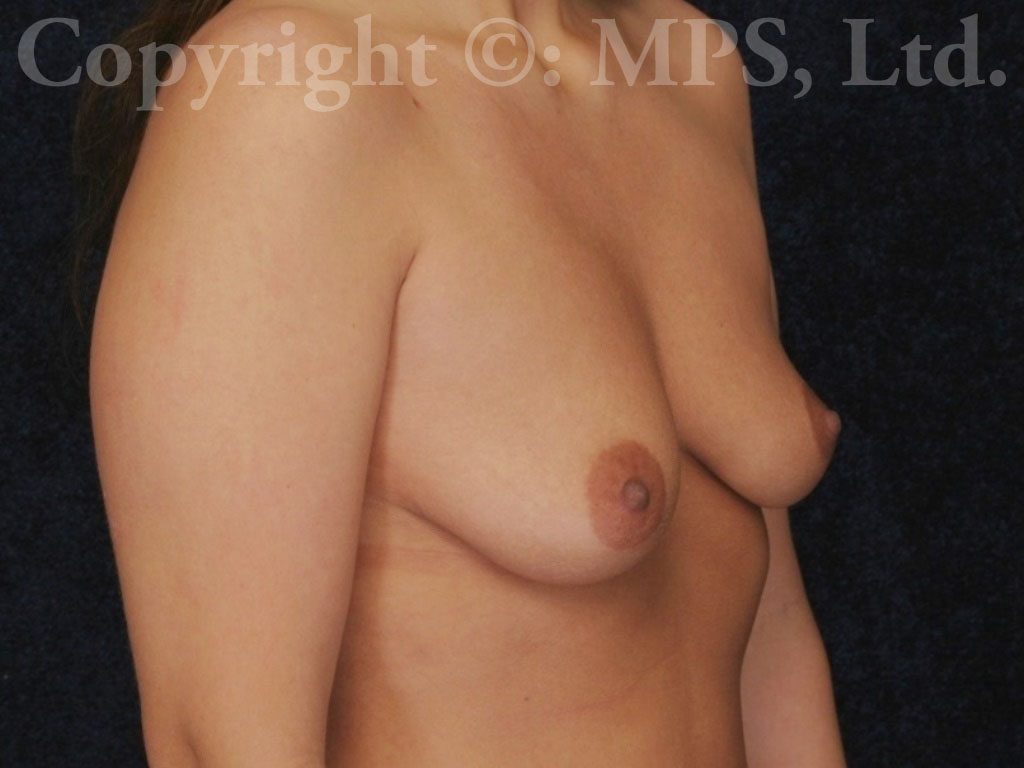Recovery and Breast Augmentation Results
After an hour or so in the recovery room, you will be discharged to the care of another adult who needs to stay with you for the evening. You will need someone to bring you to your first post-operative recheck, since you should not drive a car for the first two days after breast enlargement surgery, or while taking pain medication. Virtually every patient can resume normal everyday activities within 24 hours after surgery, including showering, doing one’s hair or applying cosmetics, dressing, eating normal meals, and moving about the house. You should avoid stretching or repetitive activities that might raise your pulse or blood pressure, which can increase the risk of bleeding and re-operation. Our superior anesthesia protocols (TIVA), as well as careful, minimal-trauma surgery may allow patients to feel well enough to go out for pizza on the way home from surgery, or to go dancing the next day. But really, this makes no sense, since every patient having an operation must heal tissues and seal blood vessels. The less strenuous activity you engage in, the less likelihood of bleeding, bruising, discomfort, capsular contracture, or re-operation. Taking things easy, even if you feel great, is an investment in your final cosmetic result! Anything else that seeks to imply a superior surgical skill, “special” technique, or proprietary way to circumvent normal healing is simply marketing. “Too much, too soon” equals higher risk of problems, and is not a sign of superior plastic surgery!
Avoid Exercising
You should avoid exercising, lifting, or strenuous activity for a full two weeks following surgery, to limit the possibility of bleeding. If you have bleeding, re-operation is necessary to remove the blood, cauterize or suture the source, and re-close the incision. Most patients prefer to reduce activities rather than risk re-operation and the higher rate of capsular contracture that may result if this occurs. This generally means no exercise or other strenuous activity for the first two weeks. Jogging, horseback riding, weightlifting (bench press, military press, curls, etc.), yoga, or any activities that bounce the breasts or stretch/contract the chest muscles should be avoided for a full month or longer, depending on intensity.
WARNING:
This gallery contains nudity not suitable for those under 18 years of age. By viewing you acknowledge this warning
Minneapolis Plastic Surgery Patient Recovery
Some breast augmentation surgeons or websites state or imply that they utilize special techniques to minimize postoperative pain, swelling, or restriction of activities. One website even emphasizes the implied “superiority” of their procedure by showing a photograph of a breast enlargement patient out dancing with her arms above her head shortly after surgery, or by showing testimonials by patients who go out to dinner the night after surgery. We also employ all of these “special” techniques, and in fact 97-98 percent of Minneapolis Plastic Surgery’s breast enhancement patients have NO nausea, NO vomiting, NO anesthetic hangover, and are able to eat normal food and be up and about the night after surgery. Do we encourage dancing and dining the night after surgery? Of course not; there still are the two-three percent of patients who will have some degree of nausea or more discomfort, and do best by minimizing the potential for raising the blood pressure that accompanies vomiting, and the risk of re-operation or capsular contracture that goes with elevating the blood pressure or pulse. Most of our breast enhancement patients are thrilled by their lack of post-operative pain, bruising, or swelling, not to mention the avoidance of nausea and vomiting our superior anesthesia techniques permit! But we want ALL of our patients to have a great result, so we recommend moderation in activities that might adversely impact your result (and our reputation).
Although limitation of strenuous activity requirements are simple, straightforward, and in your best interest, a few patients each year feel they can bypass this rule, think they are doing so well that this doesn’t apply to them, or decide that they “got away with (an inappropriate activity) once, so it must be OK,” and end up in the operating room again. This is usually avoidable, but bleeding can still occur despite everyone’s (patient and surgeon) best effort. If this is the case, timely re-operation can remove the blood (usually only a few ounces), control the bleeding source, and avoid or limit any untoward effect on the final result. If you have significant swelling on one or both sides post-operatively, notify your surgeon.
Avoiding Infection
Infection is extremely rare in this operation. It can occur, however, and you must take the prescribed antibiotics until gone to reduce this risk as much as humanly possible. If an implant becomes infected, it must be removed (usually with the other implant, infected or not) and will need to be left out for several weeks to as long as a year, to allow all bacteria to be destroyed by antibiotic therapy and your own antibodies, as well as to allow scar tissue to soften enough to permit replacement of the implants.
You can also reduce the risk of infection by showering rather than bathing, and you should absolutely stay out of the lake, Jacuzzi, pool, hot tub, or sauna for three weeks after breast enlargement surgery. Close contact with animals or household pets (especially cats) should be limited as well during this time. Taking your antibiotics as prescribed does not eliminate the need to follow these recommendations!
Typical Breast Augmentation Recovery Prescriptions
You will also receive prescriptions for muscle relaxants and anti-inflammatory before you leave our Clinic (these can be e-prescribed and picked up prior to surgery so you don’t have to stop on the way home after surgery). We now offer the option for your individually-prescribed medications to be pre-delivered to our office by Capsule (a free delivery pharmacy), and they will be available to you when you arrive at our office.
Take your medication as advised to reduce nausea, vomiting, and the resultant increase of blood pressure that might start bleeding. Your breasts will NOT have drains (they are not necessary with our precise surgical technique and meticulous hemostasis), but you will have a long-acting local anesthetic placed in your implant pocket to minimize immediate post-operative discomfort. We also inject a 3-4 day extended-release local anesthetic (Exparel) into the tissue around your breasts to reduce discomfort for an extended period. This multi-pronged approach is why the vast majority of our breast enlargement patients do so well and report minimal post-op discomfort.
Typical Breast Augmentation Activity Recommendations
Keep fluid intake up and walk, move around, and flex your calf muscles to reduce the risk of blood clots. This is important to reduce the risk of heart attack, stroke, pulmonary embolism, or sudden death. Do not take aspirin, ibuprofen, Aleve™, etc. during the four weeks after surgery. Resume other medications as advised by your doctor. Return to work based on the activity levels required at your job, and resume exercise or strenuous activity gradually, no sooner than the two weeks discussed above. Jogging, horseback riding, weightlifting, vigorous sexual activity, or similar strenuous exertion should be avoided for four weeks to decrease the risk of bleeding, re-operation, and/or capsular contracture.
Your bleeding risk is actually highest 10 to 33 days AFTER surgery, as pain and soreness resolve, and activities naturally increase. Healing tissues are not durable and supple enough for vigorous stretching or strenuous muscular contraction until one month from surgery, and then only if started gradually. This information is meant to help you avoid re-operation for bleeding! (And those “quick-recovery” “brand-name” operations don’t have any magical stop-bleeding tricks either—in fact, implying activity is OK or encouraged only increases these doctors’ re-operation rates for evacuation of hematomas.) Ask who pays for that? Hospital charges for bleeding re-operation can cost thousands; we offer minimal-cost, no surgeon’s fee re-operation (around $1000) in the unlikely event that one of our patients bleeds.
Following these recommendations will make the likelihood of a successful outcome as high as possible, and the risk of complications low. After your breast enlargement surgery, your final appearance will take some time to be achieved. During this time your muscle, breast tissue, and skin must heal, stretch, soften, and settle over time. Some patients look fabulous days after surgery; most take somewhat longer!
Most patients are sent home with a Velcro® bandeau placed on the upper part of the breasts. This will be worn at night, and in most cases, patients will be asked to remain braless during the day. This will allow your breast implants to drop into the proper position over time. The amount of time necessary for final softening and settling of implant position is different for each patient, and so will the time recommended to start wearing a bra. Some patients will have tapes and a surgical bra right after surgery. Do not judge your recovery by the yardstick of a friend’s or relative’s experience; every patient is unique, and every recovery and result is also unique. Your surgeon will guide you as time goes by and advise you on how to enhance your result. At Minneapolis Plastic Surgery, Ltd. we offer our patients a lifetime of no-charge rechecks and will keep you apprised of the best advice we are capable of giving.
Most patients look good in clothing within days after surgery; unclothed, a soft, natural appearance will take longer to develop. Final softening, settling, and the return of sensation can take several months to as long as a year or so. During this time, or at least as long as your scars are pink, you must avoid tanning booths or any source of ultraviolet exposure in order to reduce the chance of permanently darkening the scars. Vitamin E oil or ointment massage of the scars after three week’s time can help to soften and fade them; you should not begin this prior to three weeks after surgery in order to avoid the risk of prematurely softening and stretching the scars. If you have a tendency to form thick or heavy scars, your surgeon may instruct you in the use of scar pads ( silicone sheets ) or other scar-treatment remedies as ways of helping to reduce this concern.
A Smooth Recovery Process
All in all, with superior anesthesia, careful surgery, meticulous technique, precise hemostasis, attention to medications, not resuming strenuous activity prematurely, and equally attentive patient compliance, breast enlargement is a safe, straightforward procedure with a very high satisfaction rate. This information and these recommendations are not intended to be complete or all-inclusive. Post-operative rechecks are important and are designed to monitor your progress, make appropriate recommendations, and address any specific concerns or questions. Most times, you actually see our plastic surgeons, not just our staff (even though they’re quite knowledgeable). Following the guidelines above will help you to achieve the best result that we are capable of obtaining for you.
